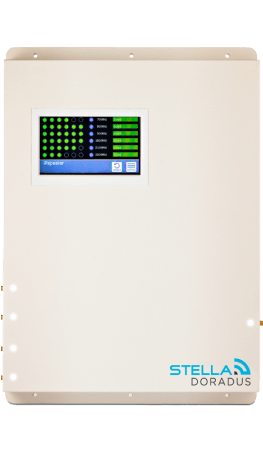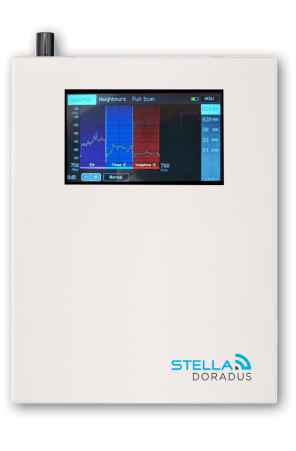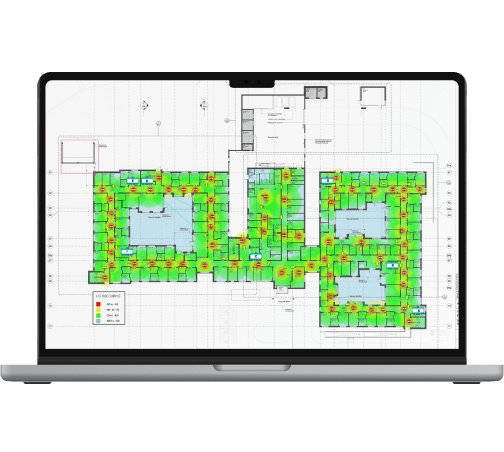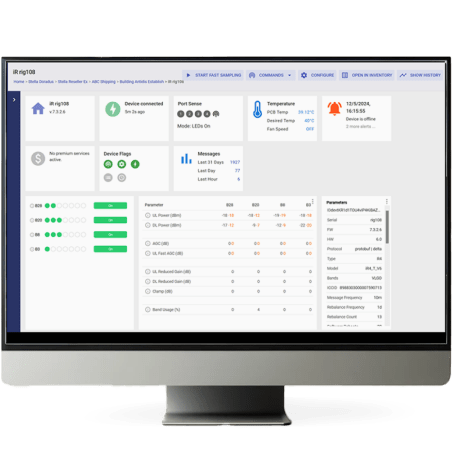Retail is a highly competitive industry, especially with the growing number of online shopping websites. However, the advantage retail has over online shopping is that it is not simply a place for buying goods. It provides a social service. It is a day out – an experience that satisfies the customers appetite for retail therapy, where people meet, eat, shop and are prepared to spend all day on the premises. It is essential that shoppers can use their mobile phones for calls and high speed data, as they would in their own homes. However, the construction materials used in shopping centres are typically mass concrete for the floors, walls and ceiling, and high insulation glass for the windows. These materials almost completely block mobile phone signal. Even the doors are now fireproof grade, with an embedded metal layer. This stops fire, but it also blocks mobile phone signal.
Why You Should Provide Mobile Coverage In Your Shopping Centre.
Customer satisfaction.
Shopping centres with poor mobile coverage prevent customers from browsing the internet and making phone calls, and results in queues at the till for customers using mobile pay. This provides a negative shopping experience for the clients who may then choose to shop elsewhere. Good mobile signal encourages shoppers to stay longer and spend more money.
Payment terminals – Increase efficiency.
Queues are a deterrent for shoppers and can occur in all areas of a retail facility, including supermarkets, retail shops, cafes and eParking. It is essential that payments can be taken quickly. Customers expect to be able to tap their phones to pay, using Google and Apple pay, and staff must be able to take payments quickly in all areas of the building. This increases productivity and reduces the possibility of errors.
Shopping Apps.
The Shopping App, which requires 4G data, is an extremely important marketing tool for supermarkets as it gives them invaluable information on customer spending habits.
Health and safety.
Especially in an emergency, everyone inside the shopping centre must be able to make phone calls to raise the alarm. In many countries, this is now a legal requirement.
Remove costly WiFi management systems
Managing a WiFi system for the public is neither simple nor cost effective: user passwords, user data, GDPR legal issues, security, etc. The list goes on… A better solution is to ensure good quality mobile signal is available to everyone in the shopping centre. Let everyone use their own data plans with their own provider for calls and data.
Mobile Signal Can Be Amplified and Distributed In Shopping Centres.
If mobile signal is available outside the building, then a repeater system can bring this signal inside the building to where it is needed. The system is simple. The repeater receives the mobile signal where is is strongest, usually up on the roof. It amplifies the signal and distributes it to zoned areas around the shopping centre. The system is modular and scalable. This means it can be scaled up to any sized building. If more coverage areas are required, more amplifiers can be easily added. This solution is the most simple and cost effective way to provide mobile signal inside shopping centres.
Stella Doradus’s flagship model, the iRepeater, is the best choice for a shopping centre. It is designed to be scalable, so that coverage can be provided for any sized shopping centre – even very large buildings with multiple floors and underground car parks. It amplifies:
- All mobile operators (usually there are 3 or 4 mobile operators in any country).
- All mobile frequencies (700/ 800/ 900/ 1800/ 2100/ 2600MHz).
- And ALL services (2G, 3G, 4G, 5G).
With the iRepeater, all options are covered, which makes it the best choice.
Modular and Scalable Solution
The iRepeater system can optionally include Line Amplifiers which can be scaled out in a plug and play way to provide full coverage in all desired areas. These Line Amplifiers allow the mobile signal to be extended even further into the building. The shopping centre diagram in the image below illustrates 4 line amplifiers feeding a total of 16 antennas. Each antenna provides coverage in 3-4 rooms. In this system there is a total of 16 antennas providing coverage for 64 rooms. More Line Amplifiers can be added if required, to extend the coverage even further. The system even allows each port of the Line Amplifier to be split, giving 8 ports or 8 internal antennas per Line Amplifier. This port expansion option really allows all of the signal black spots to be “filled out” in the building.
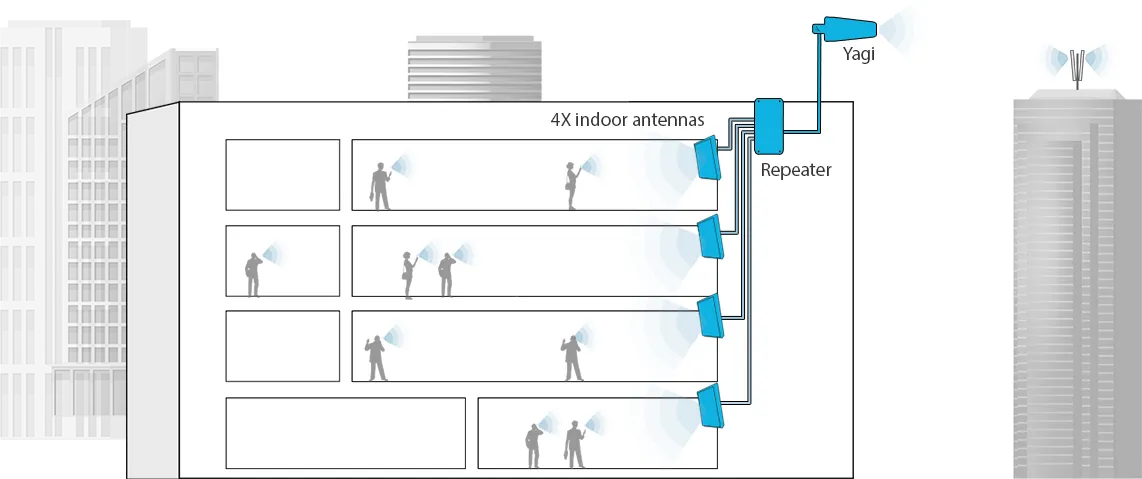
Complete solution – Remote Monitoring and Management
The iRepeater system can be fully monitored and managed by the integrator (installer) and/or a Stella engineer via the online Stella portal. Here, alerts to any potential issues will be received, which allows preventative action to be taken. If something as simple as a repeater or line amplifier is plugged out, Stella will be alerted and the relevant bodies will be notified to fix it. All of this happens automatically. This ensures that the system is managed and up to date, and is continuously monitored by Stella, ensuring optimal performance of the system in this changing radio frequency landscape.
Stella Doradus repeaters are designed, manufactured and tested in Ireland. They comply with all European regulations.


